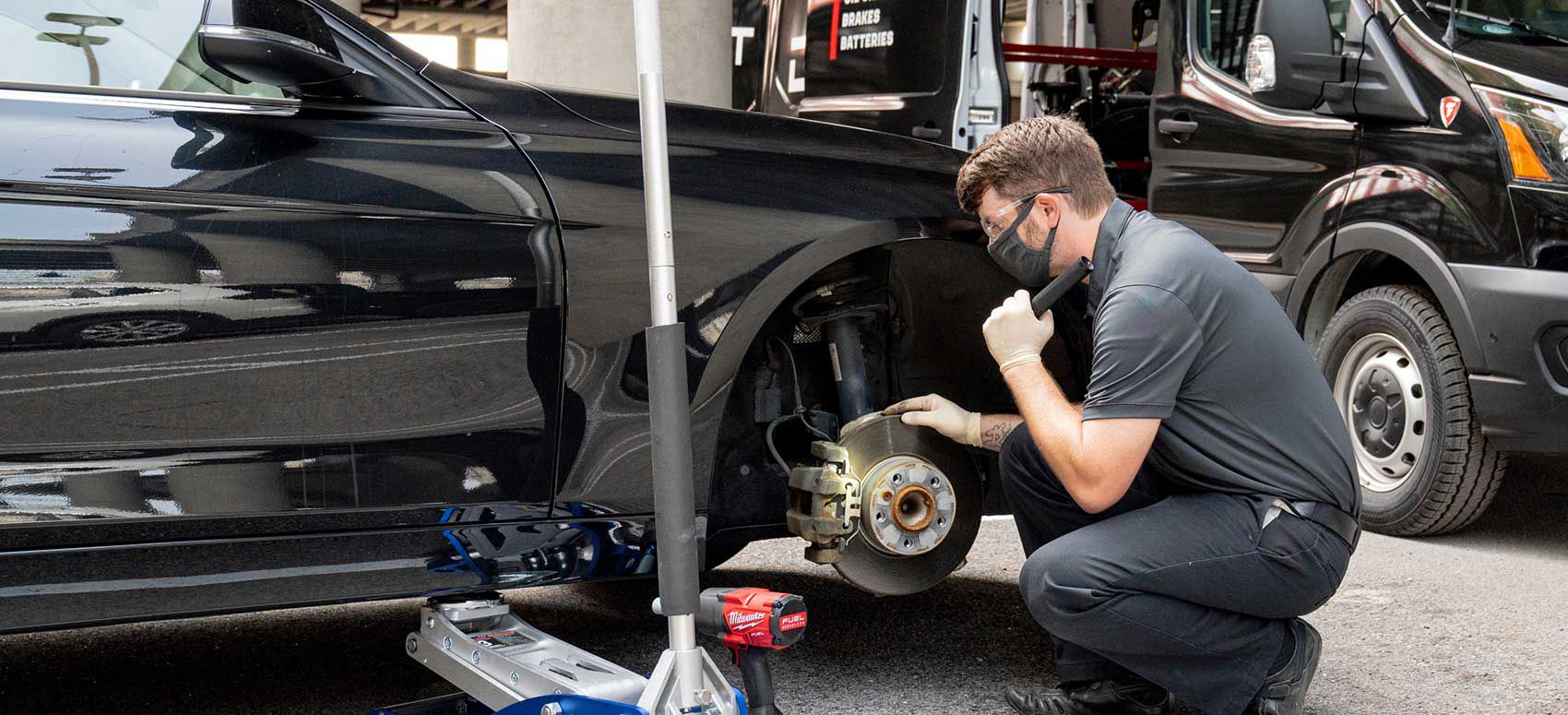Brake Service Margate, FL - Brake Pads Near Me
Best 30 Brake Repair in Coconut Creek, FL with Reviews
Emergency Brake System Repair
The brake system plays a crucial role in terms of automotive safety. A well-kept brake system protects not only your safety but also the safety of other drivers. However, emergencies can happen even with routine maintenance, so it's important to be aware of how to deal with brake system problems in these circumstances. In order to keep you safe while driving, we'll go over emergency repair advice and steps for the brake system in this article.

Symptoms of Brake System Problems
Recognizing the symptoms of brake system issues is crucial before moving on to emergency repair procedures. Being able to spot these problems early can help avoid more serious issues in the future. Common symptoms include:
- Spongy Brake Pedal: If your brake pedal feels spongy or soft when you press it, there may be a leak of brake fluid or air in the brake lines.
- Brake Warning Light: Various problems, such as low brake fluid or worn brake pads, can be detected by the brake warning light on your dashboard.
- Screeching or grinding noises: When the brakes are applied, they frequently indicate worn brake pads or cracked rotors.
- Vibration or Pulling: If your car vibrates when you brake or pull to one side, it might be a sign of uneven brake pad wear or an issue with the brake calipers.
- Burning Smell: Overheating brake components may result from a burning smell when you apply the brakes.
Emergency Brake Repair Procedures
(brake replacement Royal Palm Community, FL)To ensure your safety and the safety of others on the road in the event of a brake system emergency, take the following actions:

- Stay calm: Maintaining your composure is the first and most important step. Take a deep breath and consider the situation because naging can result in poor decision-making.
- Turn on Hazard Lights: If your vehicle has a problem, turn on your hazard lights to warn other drivers.
- Gears that can be downshifted: If your transmission is manual, switch to a lower gear to help the car gradually slow down.
- Pump the brakes: Gently apply pressure if your brake pedal feels spongy or drops to the ground. This might increase the pressure on the brakes.
- Use the emergency brake: Slowly and steadily apply the parking brake or emergency. Be cautious because applying it too quickly could cause your car to skid.
- Engine Brake and Downshift: Using engine braking and downshifting can help slow down your car if you're going downhill steeply.
- Steer to Safety: If at all possible, try to direct your car to a spot that is safe and away from traffic. Communicate with other drivers by using your horn and signals.
- To safely transport your car to a repair shop, call for assistance by getting in touch with tow trucks or roadside assistance services.
Tools for Repairing Emergency Brakes
Carrying a basic toolkit in your car is advisable in case of emergencies. Having some tools on hand can be useful even though you might not be able to fix your entire brake system on the side of the road. Think about carrying these things in your first aid kit.
Schedule Brake Repair Services in Imperial Point, FL
- Jack and Lug Wrench: These tools are necessary to replace a flat tire, which can lead to problems with the brake system.
- Brake Fluid: If you think there may be a leak, it may help to have some brake fluid with you. Use caution, though, and look up the type of brake fluid in your car's manual.
- Basic Hand Tools: A set of fundamental hand tools, like pliers and wrenches, can be useful for making small adjustments or securing loose parts.
- When checking the brakes on your car in low light, a flashlight can be extremely helpful.
Preventative Actions
While understanding emergency repair procedures is crucial, it's also crucial to take preventative measures to prevent brake system emergencies in the first place. Here are some recommendations for keeping your brakes in good condition:
- Regular Inspections: Work with a qualified mechanic to schedule routine brake system inspections. They are able to recognize and handle problems before they become emergencies.
- Brake Fluid Checks: During routine maintenance, keep track of your brake fluid levels and have them topped off.
- Brake Pad Replacement: Replace the brake pads as directed by the manufacturer of your car. Worn brake pads may result in more serious issues.
- Smooth Driving: Stay away from abrupt stops and aggressive driving as these behaviors can hasten brake wear.
- Maintain a safe following distance from the moving object to lessen the need for abrupt braking.
Conclusion
In a brake system emergency, maintaining composure and being aware of the best course of action can make all the difference in preventing accidents. You can increase your safety on the road by being aware of the symptoms of brake system problems, having the necessary tools on hand, and comprehending emergency repair procedures. However, keep in mind that these are only short-term fixes, so it's imperative to have a skilled mechanic examine and fix your brake system as soon as possible. Stay secure, and may your travels be trouble-free at all times.
content